
OR
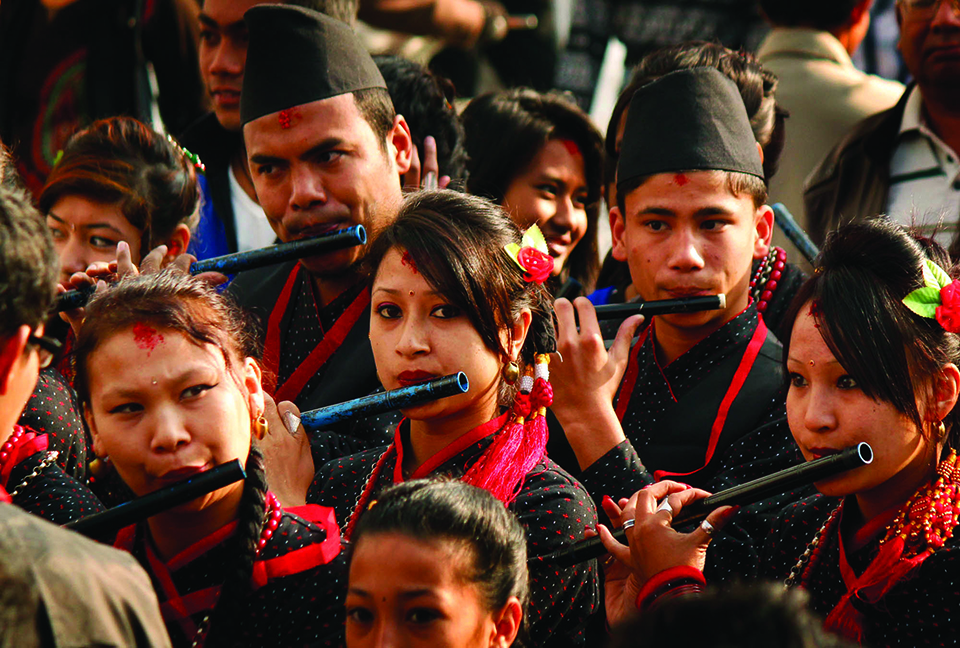
The cultural sites that the Newars created eventually were owned by the larger community of Nepalis. They got finally accepted by the world community as world heritage sites
Being a Newar is nothing special. When a person is born in a Newari family he or she becomes a Newar. To be amidst Newars and feel like a stranger is something amiss. But that is how I felt in the world congregation of Newars in Kathmandu in the last days of March. It was an occasion fraught with aplomb, beauty and glamour. It was bestowed by the hoary dances, nostalgic songs and ancient flavors that can be traced to hundreds of years of their lives. They looked pretty familiar because they are unmistakably displayed at public gatherings of all kinds—cultural, religious, social or political.
What made me feel like a stranger is the delivery of a chaste Newari language all through the two-day intensive deliberative programs. Those who have diverted from the mainstream lifestyle of traditional Newars and breakdown of linguistic link with their ancestors find it difficult to slip in their dignified folks. Newari, a common language of the high and low in gray past, dating back some 2600 years, has come to alienate some of its incongruous elements. The basic ingredient of assimilation in the language that helped absorb the strangest of the strangers from the southern plains of India and high mountains of the north has fallen somewhat in isolation under the patronage of a select few who cannot but be appreciated for their devotion and dedication in preserving it.
Special admiration should go to those who have protected the chasteness of their tongue despite migrating to unknown strangers’ land in Americas, Australia and Europe. Srijan Shrestha of Baltimore, Dr Balgopal Shrestha of the Netherlands and Daya Sakya of California deserve special admiration for their relentless efforts to bring the Newars spread over the world together in a bid to perpetuate the cultural heritage of their forefathers.
Strange was the way historians like Triratna Manandhar felt reluctant to claim that there was a virtual rule of Newars almost more than 2300 years out of the accepted 2600-long history of Nepal. The Kiratis were none, but Newars, the Lichchhabis had donned the mantle of Newars, so did the Thakuris following them. The Mallas were indisputably Newars despite the nature of their origin. The cutting period was 1768 when Prithvi Narayan Shah captured Kantipur kingdom in almost peaceful manner. If a big umbrella is spread over the period preceding it, it can conveniently cover what can be called a Newari umbrella. History will stand witness to this truth without any offensives on established assumptions.
The strange show
Stranger was the fiery speeches made by none other than the celebrated advocates like Malla K Sundar and Rajendra Shrestha, who had taken up the cudgel of Newari state under a federal set-up in Nepal. To their distress, the system has come in existence without granting the ethnic states. They raised the issue of current wave of agitation initiated by Newari inhabitants in Kathmandu on their serious grievances against the road expansion that has caused eviction of many families from their settlements.
However, the fury was not different from the wrath they vented during the royal regime on the same charges of suppression of the native people and conspiracy of dislodging them from their original seat.
They appeared like the eternal rebels for their ethnic rights against the then king and current leadership of communists, with whom they had cordial relationship. I could not but sense a danger brewing up at the grassroots for a social conflict that can engulf the country in the near future.
Strangest contrast was Satya Mohan Joshi, the man of the century, disclosed in the Newari character in the ancient and modern times. Those were the days when Brahmins came to Nepal valley and turned into a Newar by adopting its language, culture and social norms. Even the untouchables were heartily welcomed and accepted as part of the community, which absorbed them without resistance.
The community ushered in over a long period of time welcoming Lichchhabis, Thakuris and a host of migrants high and low. The modern time is tragically marked by a divisive bias, ethnic isolation and social commotion. In those days, Newar was never considered a caste. The Newari language that acted as the binding force in the peaceful society is no longer true in these modern days of enlightenment, social tension and hostility. But cultural richness and universal values interspersed in the rituals have a wider appeal. The cultural sites that the Newars created eventually were owned by the larger community of Nepalis. They got finally accepted by the world community as world heritage sites. There lies the pride of Newars, Nepalis and humanity at large. In unfolding these truths, the global conference of the Newars was successful and well-rewarded.
The author is a senior journalist
You May Like This
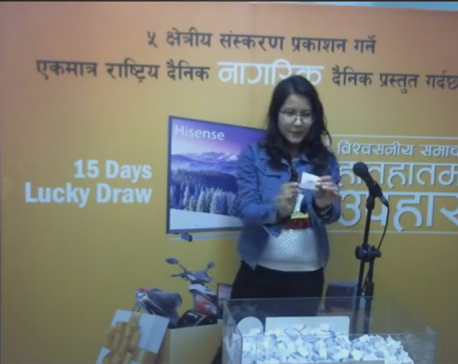
Glory School wins Aprilla 150 SR scooter in NRM scheme
KATHMANDU (REPU-BLICA): Glory School of Madhyapur Thimi, with receipt number 400092, has won an Aprilla 150 SR Scooter in Nepal... Read More...
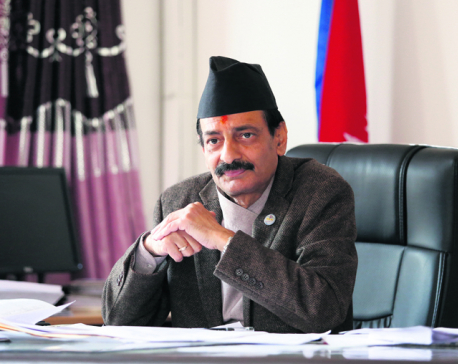
NC youth leader Joshi launches campaign to revive party's lost glory
KATHMANDU, Feb 28: While pointing out the need to work on various fronts to revive the glory of the party,... Read More...

Nepal looking for more glory in ACC Asia Cup
KATHMANDU, Nov 17: Beating India by 19 runs and advancing to the semifinals in ACC U-19 Youth Asia Cup for the... Read More...

Just In
- In Pictures: Families of Nepalis in Russian Army begin hunger strike
- New book by Ambassador K V Rajan and Atul K Thakur explores complexities of India-Nepal relations
- Health ministry warns of taking action against individuals circulating misleading advertisements about health insurance
- UAE secures spot in ACC Premier Cup final, defeating Nepal by six wickets
- NC to boycott Gandaki Province Assembly, submits letter to Speaker
- 850 grams of gold seized from Indian national at TIA
- Rupandehi District Court orders to release Dipesh Pun on a bail of Rs 400,000
- Teachers’ union challenges Education Minister Shrestha's policy on political affiliation












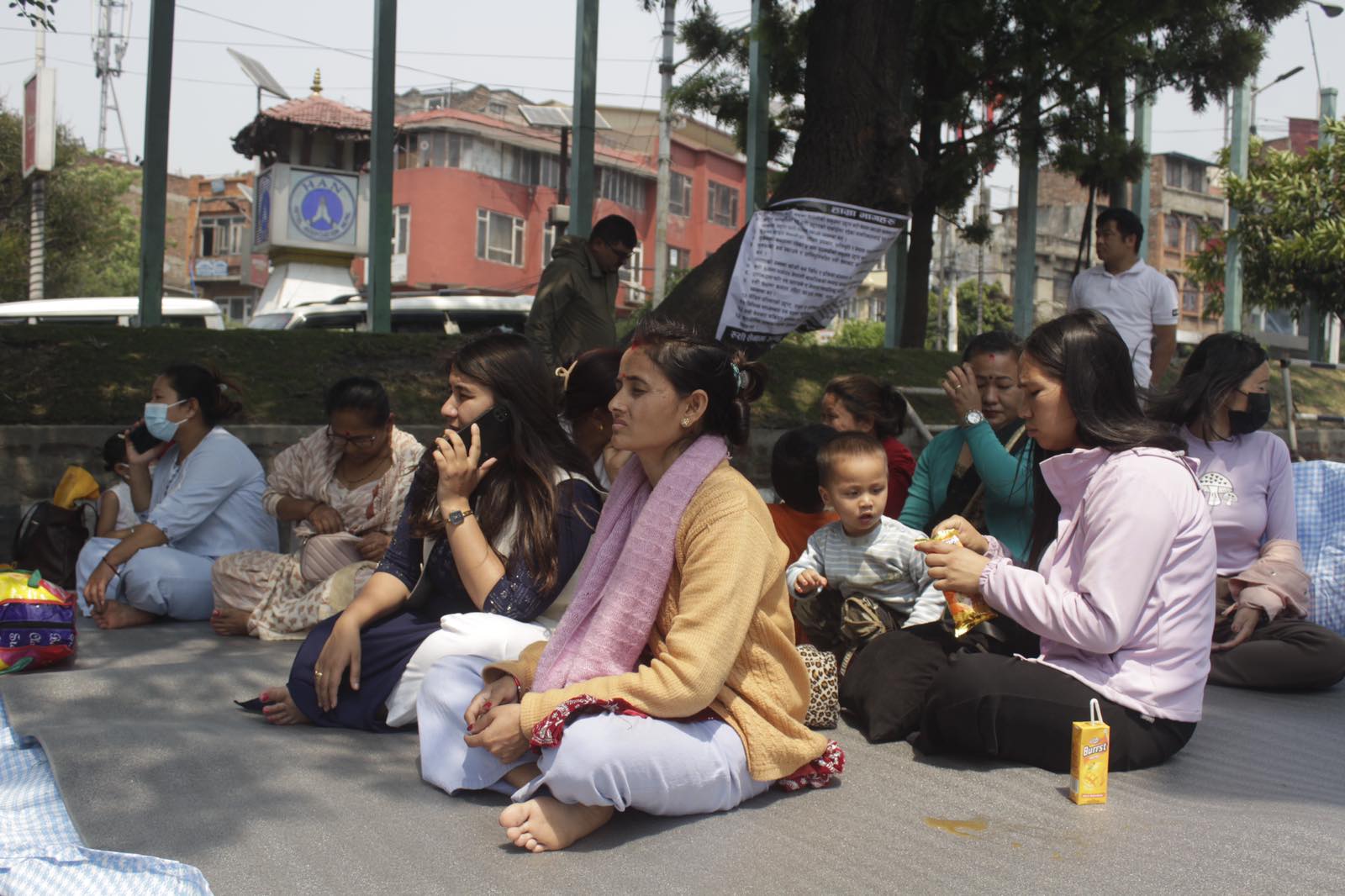
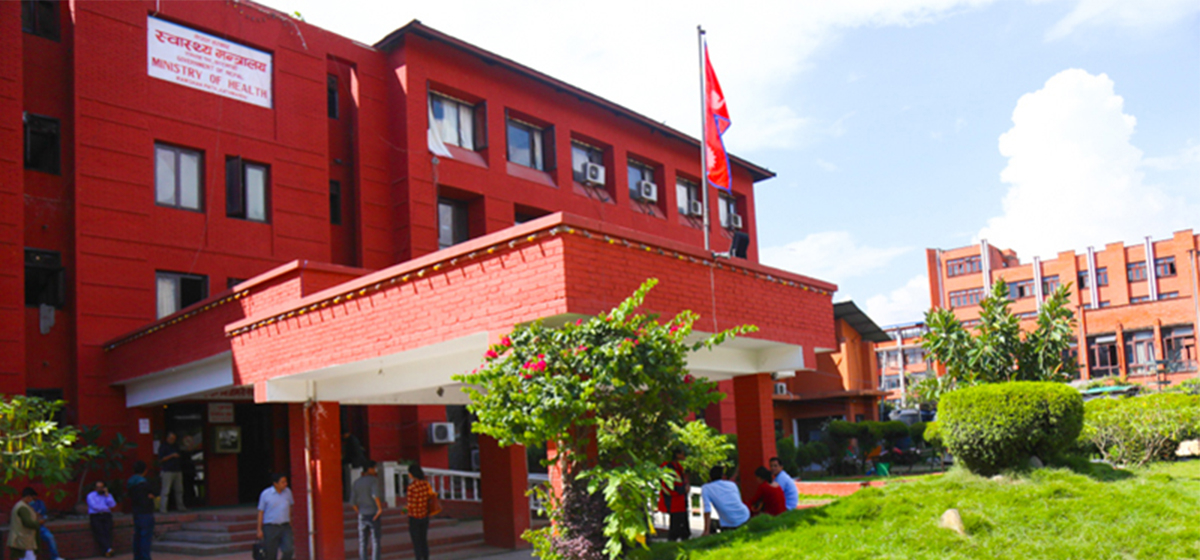
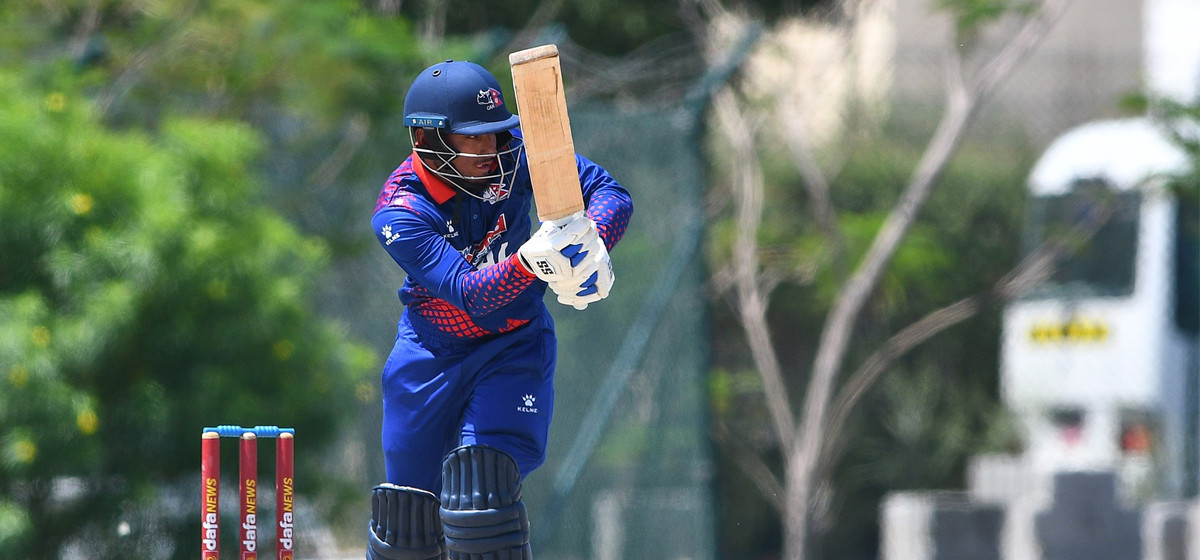
_20240311121839.jpg)
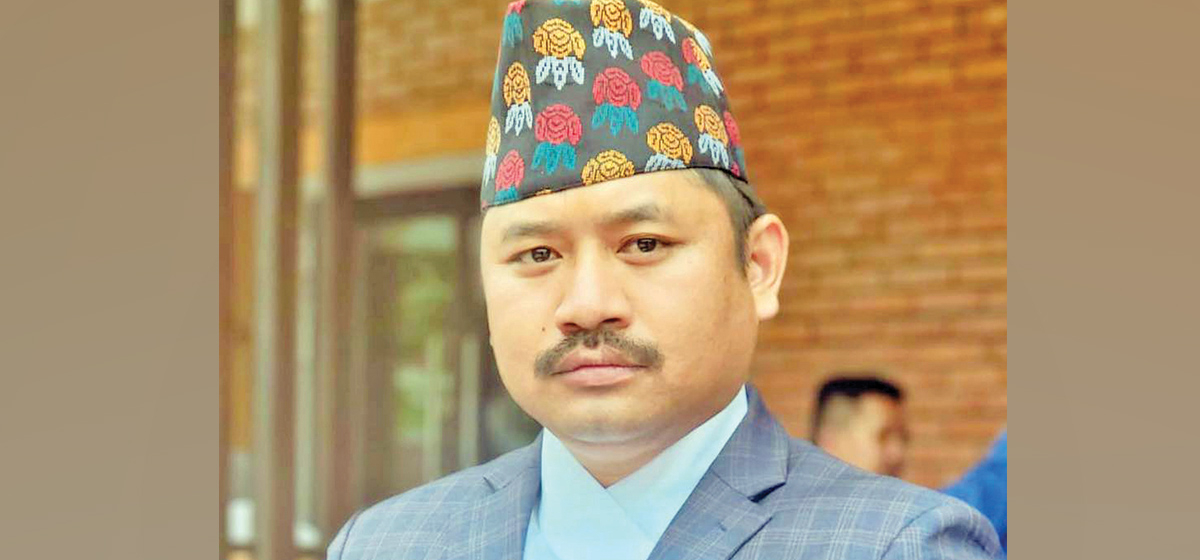
Leave A Comment